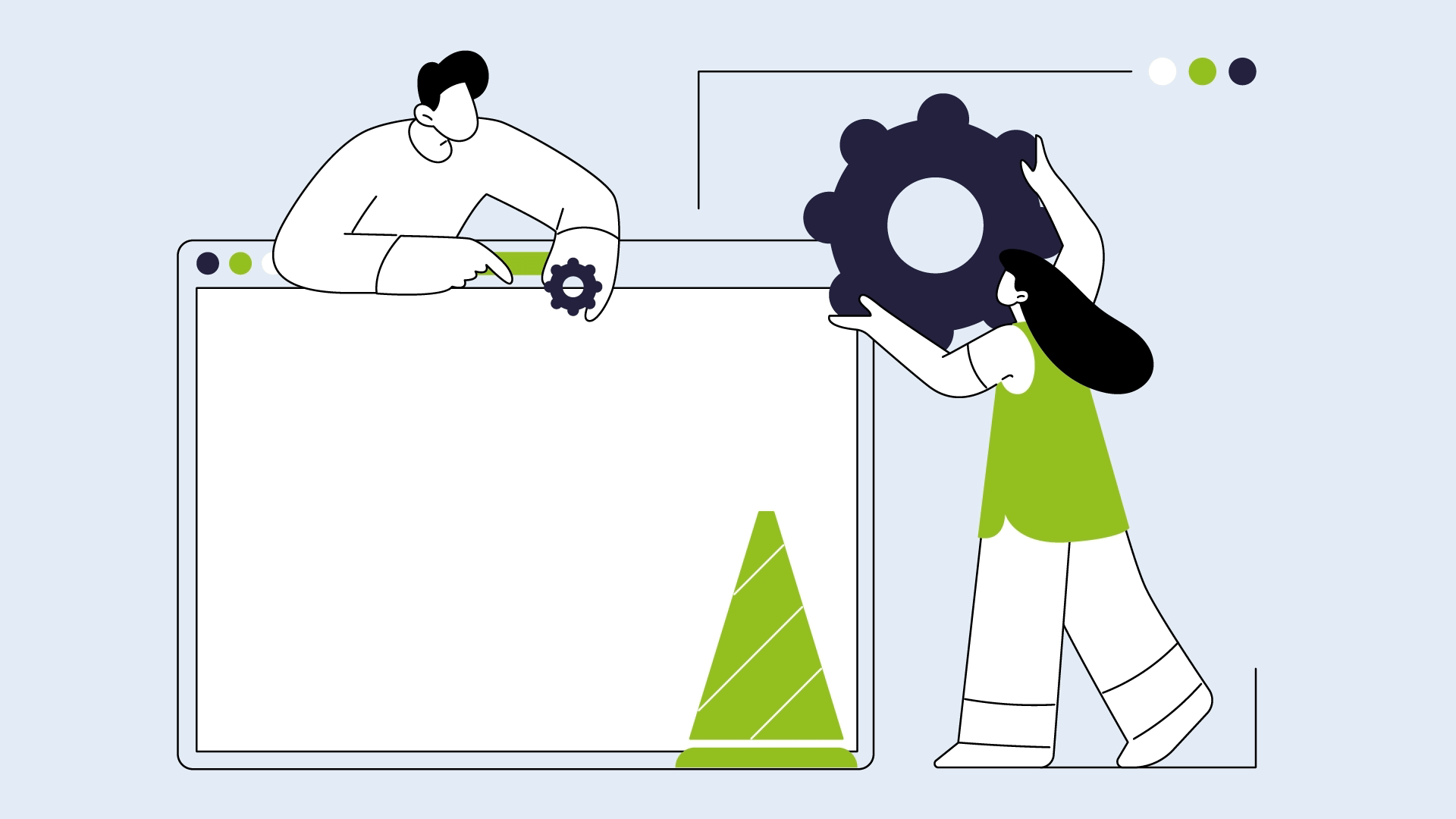
What’s The Deal With The Influx of Bad AI-Generated Content?
Scroll through Facebook or LinkedIn for just five minutes. Whether you interact with it or not, you’re bound to encounter some AI-generated content.
Often, you can spot an AI image from a mile away. However, it’s not always this easy. As proven by that photo of Pope Francis in a white puffer coat, we’re not as good at separating AI from real life as we think!
Is the influx of low-quality AI a bad thing, though? In this blog, we’re exploring the world of bad AI-generated content and why it may not be the best choice for your brand.
What Is AI Slop?
Poor AI-generated images have become such a phenomenon that they’ve earned their own name — AI Slop.
AI Slop refers to low-quality media created by generative artificial intelligence. Most use it to refer to images but can also describe written content.
Think of it as digital clutter or poor results. It’s not what you’d want to use to advertise your brand, but it’s something that would make you laugh if you saw it on Instagram.
You’ll often find AI slop on Facebook, TikTok, and Instagram reels, as its bizarre look can attract plenty of views. In some cases, it’s designed to tug at viewers’ heartstrings and includes sad-looking children, army veterans, or distressed animals.
Why Is There So Much Bad AI Content?
AI slop is obviously bad, and it often begs the question “Why do people keep making it?”
It’s basically cheap content that’s there to farm engagement rather than to offer value. Like a car crash, we can’t help but stare at these shoddy images, which in turn earns their posters views and clicks.
Some creators even make money off these views and clicks, meaning these low-quality pictures are earning them a healthy income. Why stop making something if it’s earning you money?
How Does Google Penalise AI Content?
But AI comes at a cost. Alongside vast environmental impacts and the ability to spread fake news like wildlife, too much AI content can get your site penalised on Google.
Often, this doesn’t affect the AI slop pages, as these compete for social media views, not search engine rankings.
However, if you’re a small or independent company using AI, it can affect your web traffic and general visibility.
According to Google Search’s guidance on AI content, only high-quality content that meets the company’s appropriate use policy is rewarded. If the content is deemed unhelpful or spammy, it gets relegated to a lower ranking.
You can avoid a drop in rankings by avoiding too much AI content. You should also follow Google’s E-E-A-T (Experience, Expertise, Authoritativeness, Trustworthiness) guidelines, which focus on adding a personal or human touch to your website to ensure your content has value.
How The Experts Can Help
AI images and written content might seem like a quick way to boost your site’s visibility. However, don’t put all of your eggs in one basket. AI content may lead Google to de-index your site from the search engine, which is never a fun place to be.
Re:View Creative provides professional graphic design and digital marketing services to help you see results without relying on AI slop. The proof is in the pudding. See our portfolio now.
Give us a bell. From your thoughts on AI to how we can help your business, our inbox is always open.







